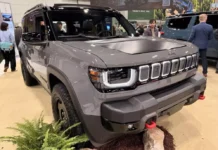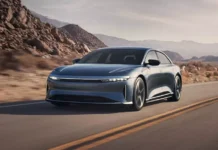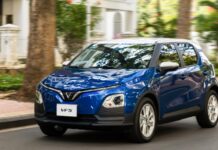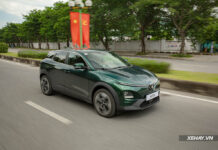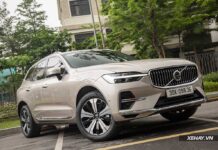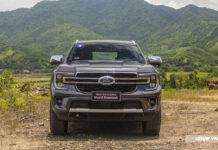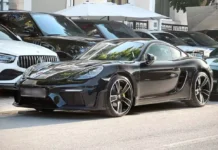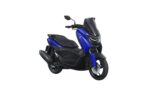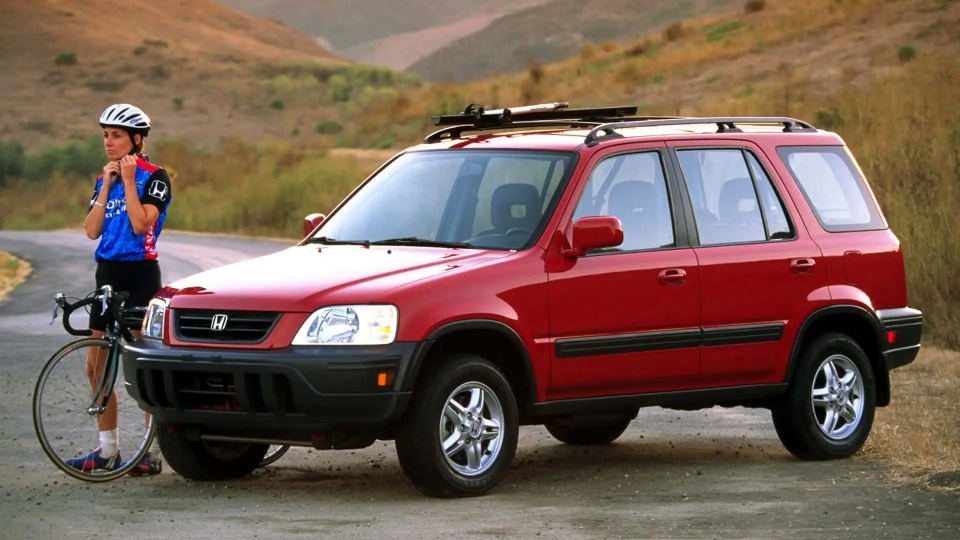
|
Modern cars have grown significantly in size over the years. They are also heavier and come packed with a host of technologies and features aimed at protecting the driver.
Larger vehicles, however, come with larger blind spots. According to Motor1, a recent study revealed that drivers today have significantly less visibility than they did 25 years ago.
Research conducted by the Insurance Institute for Highway Safety (IIHS) showed a 58% reduction in visibility within 10 meters ahead of the vehicle across three tested SUVs.
The study measured changes in front blind spots from 1997 to 2023, examining each generation of the Chevrolet Suburban, Ford F-150, Honda Accord, Honda CR-V, Jeep Grand Cherokee, and Toyota Camry.
The Honda CR-V, in particular, has seen a significant decrease in driver visibility over the past 25 years. In 1997, Honda CR-V drivers could observe 68% of the area within 10 meters ahead of the vehicle, but this dropped to just 28% in the 2022 model.
|
|
The Chevrolet Suburban followed a similar trend, with visibility dropping from 56% in 2000 to 28% in 2023.
Sedans, such as the Honda Accord and Toyota Camry, performed better in the study. The Honda Accord’s visibility within 10 meters ahead only decreased by 5 percentage points over 25 years, from 65% to 60%. The Toyota Camry maintained stable visibility, currently offering 57% visibility compared to 61% in 2007.
The Ford F-150, on the other hand, experienced a modest decline in visibility. Starting from a relatively low 43% in 1997, IIHS research found that F-150 drivers could only observe 36% of the area 10 meters ahead by 2015.
|
|
IIHS attributed the reduced visibility in the Honda CR-V and Chevrolet Suburban to higher hoods and larger side mirrors, which can obstruct the view of children, pedestrians, and cyclists.
Additionally, IIHS noted a concerning rise in pedestrian and cyclist fatalities in the US, with a 37% and 42% increase, respectively, between 1997 and 2023. In 2022 alone, traffic accidents claimed the lives of 7,508 Americans.
The institute suggested that the larger, boxier vehicles favored by Americans pose higher safety risks to pedestrians and cyclists.
Recommended Reads for Your Journey
Our Automotive section offers a diverse range of captivating book titles to accompany you on your travels. Whether it’s a moment of relaxation or an extended journey, these books are the perfect companions for any automotive enthusiast.
“Common Pitfalls to Avoid When Getting Familiar With Your New Car”
“Mistakes made by new drivers are all too common and can have costly consequences. This is why hearing from experienced drivers is invaluable for new car owners. Their practical tips and insights can help new drivers avoid costly blunders and ensure a smoother ride towards achieving their dream of car ownership.”
Most Mazda Models Achieve Top Safety Pick+ Rating
The Insurance Institute for Highway Safety (IIHS) has revealed its coveted list of Top Safety Pick and Top Safety Pick+ award winners for this year. With an unwavering commitment to road safety, these awards shine a spotlight on the vehicles that excel in protecting drivers and passengers alike. This prestigious recognition is a testament to the tireless efforts of automakers in their pursuit of creating safer roads for all.








